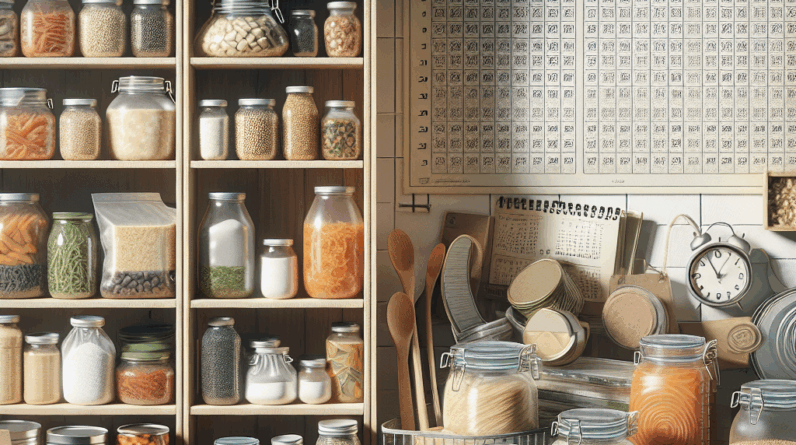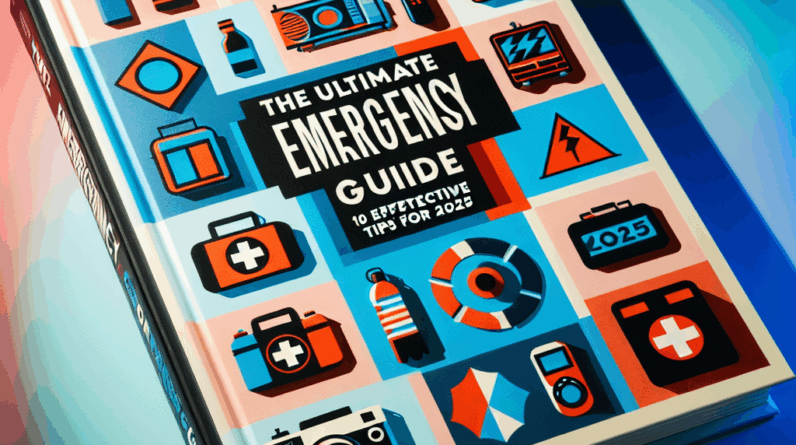Constructing an emergency shelter at your home can be a crucial step in preparing for unexpected situations. Whether it’s weather-related emergencies or other unforeseen events, having a safe place can provide peace of mind and actual safety for you and your family.
Assessing Your Space
# Understanding Your Property
Before anything else, it’s essential to analyze your property thoroughly. Check if the space is sufficient for a shelter. The ideal location should be a low-traffic area away from potential hazards like large trees and unstable structures. Safety should always be your top priority.
When evaluating your space, pay attention to the terrain. Flat land is preferable for construction, and uneven ground may pose challenges. Consider the accessibility of the site for transporting materials or quick evacuation. Also, consider the proximity to essential utilities like water and electricity, which, although not necessary for the shelter, could prove advantageous.
Choosing Your Materials
# Basic Materials
Select materials that are robust yet easy to find. Plywood and tarp are often used due to their cost-effectiveness and availability at local hardware stores. These materials are excellent for creating a weather-resistant and ventilated shelter.
Do not overlook the importance of insulation, especially if you live in a colder climate. Insulating your shelter can be done with foam boards or even heavy blankets to maintain a comfortable temperature inside. Also, consider using recycled materials like old furniture or pallets, which can save money and help the environment.
Designing Your Shelter
# Layout Considerations
The configuration of your shelter impacts its functionality. Simple designs like an A-frame or cabin style are recommended because they are easy to build and can withstand adverse weather. Allow flexibility in your design to make adjustments as needed and ensure there is enough space for easy movement inside the shelter. Additionally, always plan for an emergency exit to enhance safety.
Preparing for Comfort and Safety
# Essentials to Include
Beyond construction, stocking your shelter with essentials such as non-perishable food, water, and a first-aid kit is crucial. Items like canned goods, dried fruits, or MREs are suitable for long-term storage. Also, include specific medications needed by your family and a source of heat like blankets or a portable stove to prepare for extended stays inside the shelter.
Regular Maintenance and Updates
# Keeping Your Shelter Ready
Once your shelter is set up, maintaining its readiness is essential. Periodically inspect the shelter for any signs of wear or damage and perform necessary repairs. Regularly check and update your emergency supplies to ensure they remain usable and effective.
FAQs
# 1. What should I prioritize when selecting a site for my shelter?
Choose a flat area that is distant from potential hazards and close to necessary resources like water.
# 2. How can I make my shelter more weather-resistant?
Opt for durable materials like plywood and tarps and consider insulation for temperature control.
# 3. Are there specific items I should always have stored in my emergency shelter?
Yes, ensure you have non-perishable foods, a first-aid kit, sufficient water, and blankets.
# 4. How often should I check and maintain my shelter?
It is advisable to inspect and maintain your shelter every few months to keep it in optimal condition.
# 5. Can I use recycled materials for construction?
Yes, recycled materials are a practical and economical choice for building your shelter. Ensure they are safe and appropriate for construction purposes.




